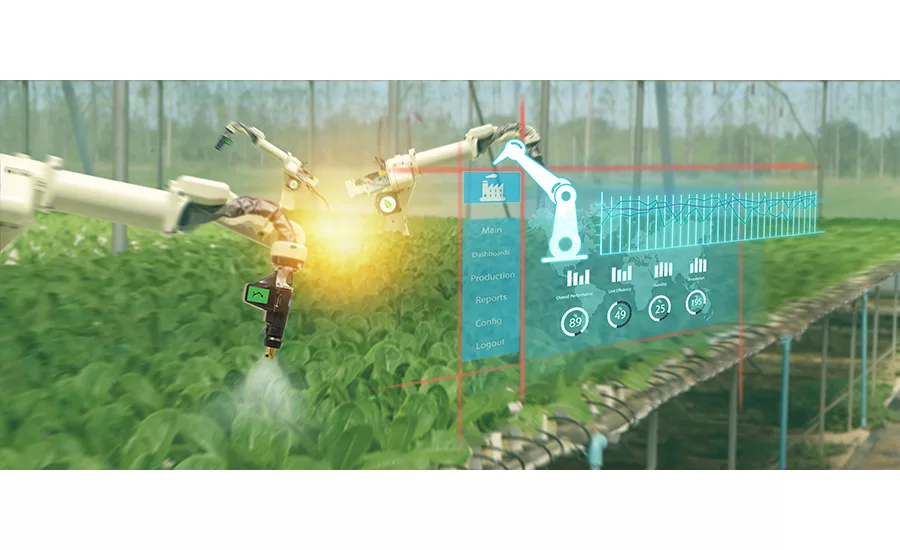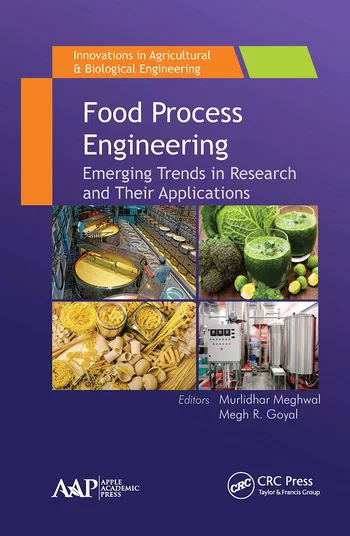Nuts & Bolts
Food and AgTech trends that are shaping the future of food

Photo courtesy of Getty Images/ Ekkasit919
S2G Ventures, a multi-stage investment firm focused on the food, agriculture, ocean and seafood markets, reveals 10 food and AgTech trends that will shape the future of food in 2022.
In response to changing consumer preferences, climate change and shifts in the capital market landscape, the firm predicts that we are entering a global food transition, much like the global energy transition that has been a multi-decade effort of over $4 trillion of capital formation.
S2G Ventures’ report, “10 Trends Shaping the Future of Food in 2022” explores the trends that are driving the transition to a climate-smart, healthy food system. The trends fall into three categories:
The 4th industrial revolution comes to the farm
Challenges facing farmers in the U.S. today are straining operations but also creating the conditions for innovation and adoption of new technologies.
- Robots will increase efficiency while reducing labor needs across the food system.
- The rise of ESG will help to digitize the farm.
- Fintech will transform opportunities in agriculture, just as it did for the student loan and mortgage markets.
- RNA technology that saved lives during Covid-19 will be applied to farms to save soils.
Supply chain disruption accelerates innovation
The supply chain disruptions experienced over the past two years have created a sense of urgency to develop solutions that will make supply chains more nimble, sustainable, localized and less wasteful.
- Fermentation will power the next generation of alternative protein products.
- Cellular protein will provide consumers around the world with safe, sustainable food.
- Adoption of food waste solutions will be recognized as both a good business practice and an essential tool for feeding the world.
Consumers demand better food choices and experiences
To address declining national health standards as well as consumers’ growing interest in adopting more holistic diets, food and nutrition startups are using cutting edge science as well as AI and ML to develop nutrient dense, functional and personalized food products.
- AI and machine learning platforms will unlock greater understanding of and use cases for plants and fungi.
- Food will become central to the effort to prevent chronic disease and improve health outcomes.
- Food brands and grocers will have to “personalize or perish.”
Looking for a reprint of this article?
From high-res PDFs to custom plaques, order your copy today!





